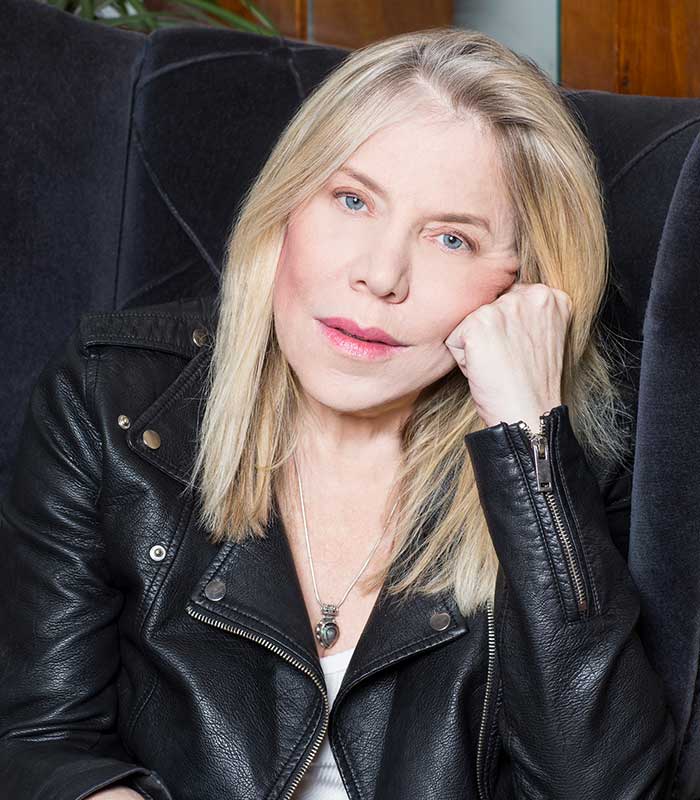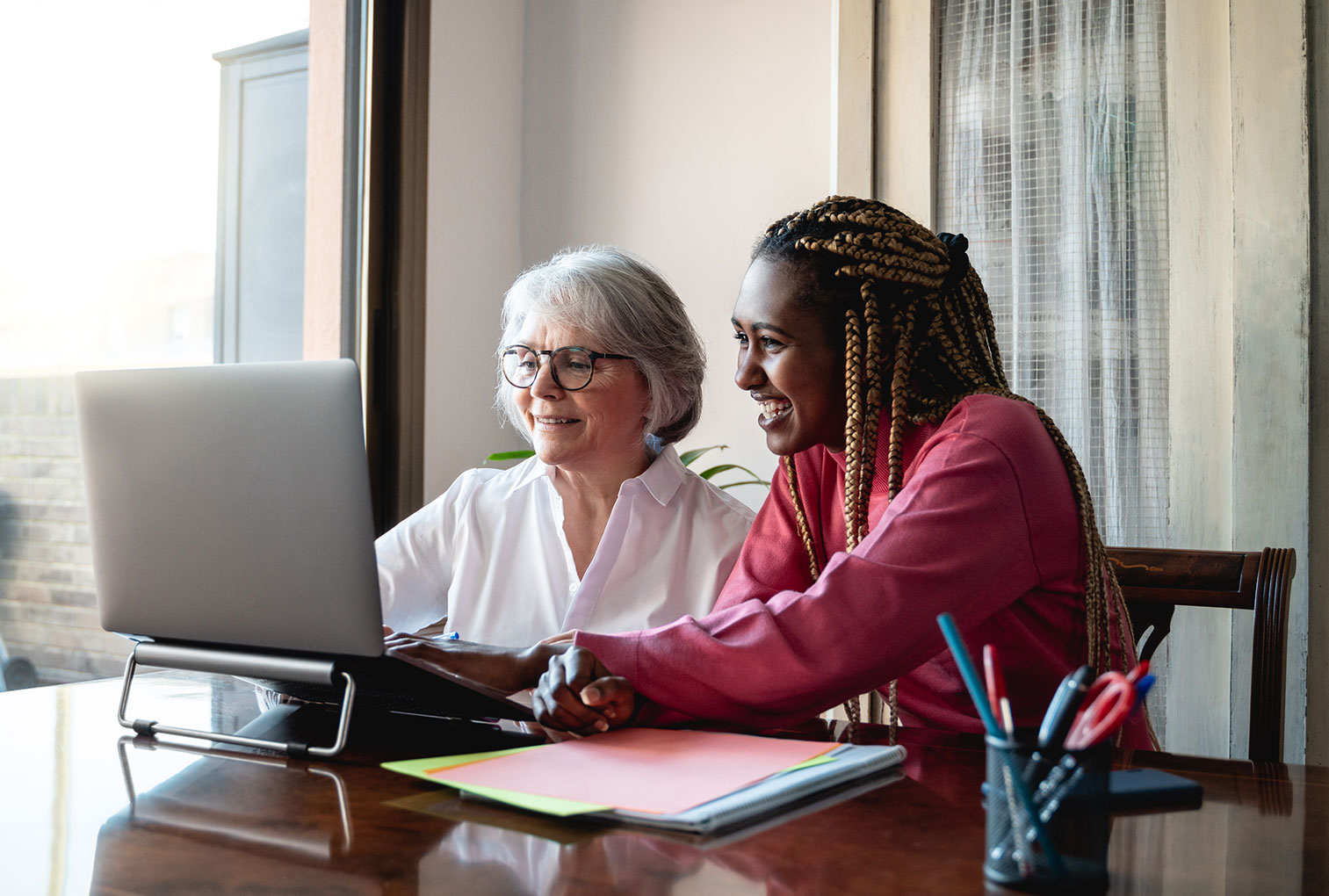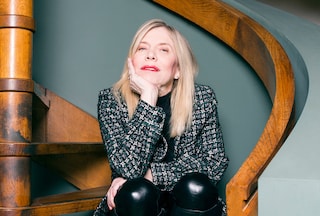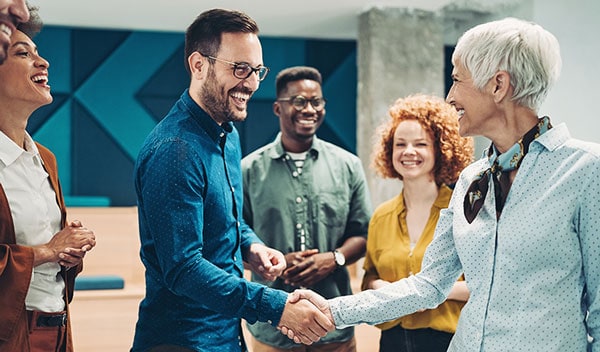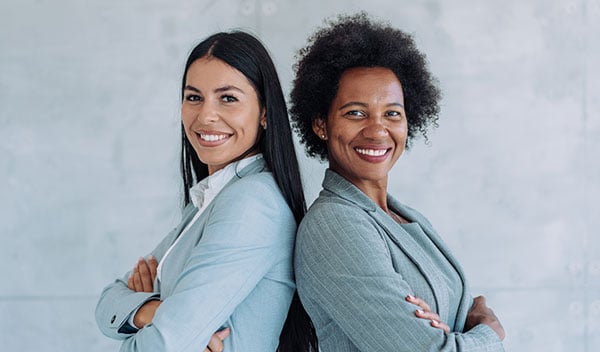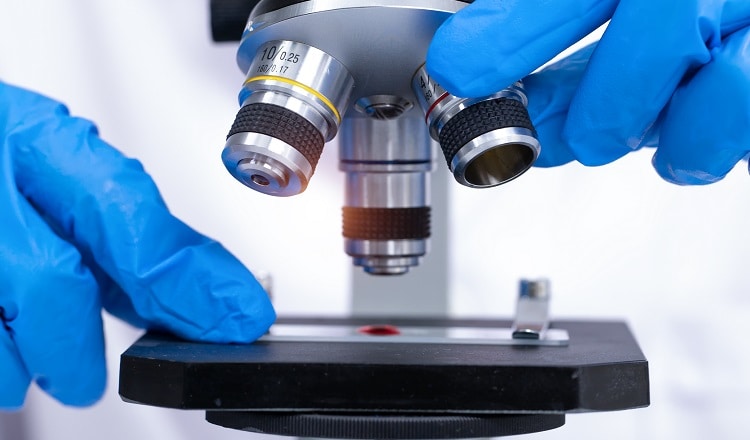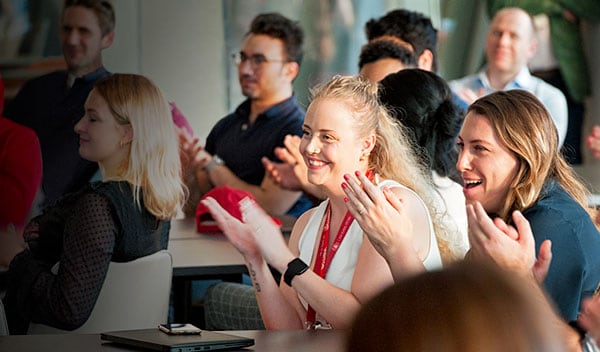One of the joys of a long career is the opportunity to watch with wonder as new generations enter the workplace, bursting with energy and fresh ideas.
From the work-absorbed boomers to the entrepreneurial Gen X, tech-savvy millennials, and values-driven Zs—and don’t forget my microgeneration, the cuspers, shoehorned in between the boomers and Xers—everyone brings something different and meaningful to the table.
As each new wave of employees crashes into the workplace, the sandcastles and moats erected by past generations are tested—and improved. It’s a natural process, reflecting the emerging realities of each new day. If it didn’t happen, how would a business successfully meet the evolving expectations of consumers and the marketplace?
The job of leaders in this shapeshifting shoreline between the old and the new is to predict and understand the evolutions, and then leverage them to advance business and society. Easy, huh?
Marian Salzman,
Senior Vice President, Global Communications, Philip Morris International*
The shift that broke the workplace
Occasionally there’s a global event that accelerates one of these seismic generational shifts. Step forward, COVID-19.
Don’t get me wrong, Gen Zs and millennials were pushing toward remote/hybrid work before COVID struck, as they sought the flexibility to care for their mental health and relationships outside work. But the pandemic forced the process, grabbing pre-2020 workplace practices and shaking them like a snow globe.
Overnight, flexible working arrangements became the norm, and attitudes toward work changed forever.
Bridging the great divide
When the pandemic subsided, we were left with a momentous question: What happens next?
Gen Zs and millennials (and many others) wanted hybrid and remote work to continue and had configured their lives around that expectation.
Others, cheered on by public figures such as Elon Musk and Martha Stewart, wanted everyone back in the office.
As each new wave of employees crashes into the workplace, the sandcastles and moats erected by past generations are tested—and improved.
As to whether we’re more productive in the office than our spare rooms, the truth is that there’s likely no “right” answer, and remote work may suit some individuals, roles, cultures, and companies more than others. At PMI, we believe that SMART WORK—our take on a hybrid system—works best for the employee and the company.
Even as the debate rages, though, the genie clearly was out of the bottle by 2021, temporarily turbocharging the natural transfer of influence from one generation to the next. The pandemic brought early retirements and prompted some companies to offer older workers redundancies, boosting the voice of younger employees.
The “phoenix generation” calls the shots
Emboldened by this newfound empowerment, and by the long working life ahead of them, the “phoenix generation” (made up primarily of millennials and Gen Zs) struck a new deal with employers: We’ll give you our best performance but on our terms.
Make no mistake: These young recruits are tomorrow’s leaders.
For them, it’s less about where and when people work and more about for whom, why, for how long, and what they’ll get out of the deal.
Gen Zs and millennials saw the impact of the financial crisis on their parents’ careers, and many experienced it themselves during the pandemic.
They’re aware of the ephemeral nature of life, and they won’t hold themselves to the traditional concept of two-way employer-employee loyalty.
Gone are the days of climbing the ladder with one company. Workers now want their career to be a unique journey rather than a well-trod path.
Young + old = growth
As leaders, how do we harness these diverse attitudes toward work and create a cohesive multigenerational workforce?
The bottom line is this: If we can meet the demands of the marketplace and the talent that underpins it, the sky’s the limit. In a 2019–20 survey by AARP, more than eight in 10 global leaders recognized that multigenerational workforces are key to growth.
By listening to our younger workers and encouraging older colleagues to share their knowledge, we can begin to bridge the generational divide and optimize our impact.
At PMI, we are actively working to bring generations together. Our employee resource groups give workers across age cohorts a voice, encouraging multigenerational projects and social initiatives.
We also promote mentoring schemes, so experiences can be shared between older and younger—and senior and junior—colleagues.
By encouraging two-way mentoring, we give younger employees the chance to share new ideas, systems, and tech with more senior colleagues.
To AI and beyond
The generations have so much to learn from one another. Consider, for example, artificial intelligence. We’ve all watched AI leap forward, transforming the way we work, but also creating uncertainty over the future. Speaking for myself, why would I not want to learn from a generation that has grown up with technology and tends to see AI more as an opportunity than a threat—one that can be harnessed for the good of all?
By listening, learning, and sharing, we can have the best of both worlds—an energetic, bright, and modern workforce packed with experience and knowledge.
As a seasoned champion of change, I’m optimistic about the future. If we’re able to give a little, we stand to gain a great deal.
* On January 1, 2024, Marian Salzman was appointed Senior Vice President & Chief Corporate Citizenship Officer.
